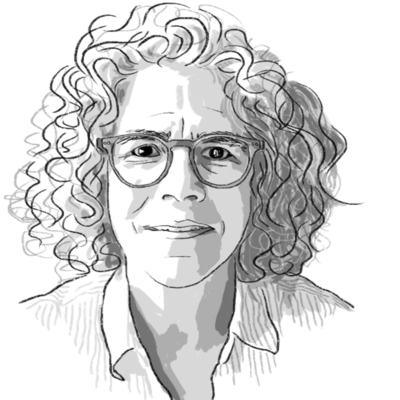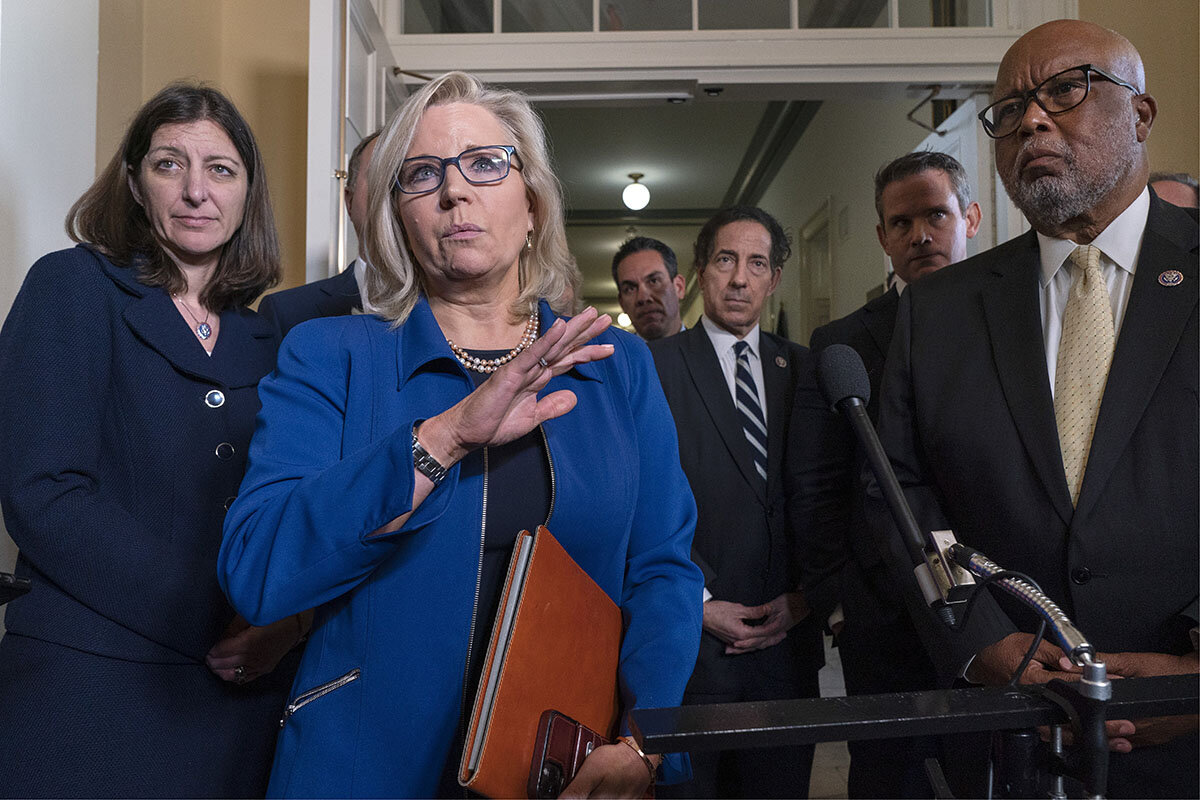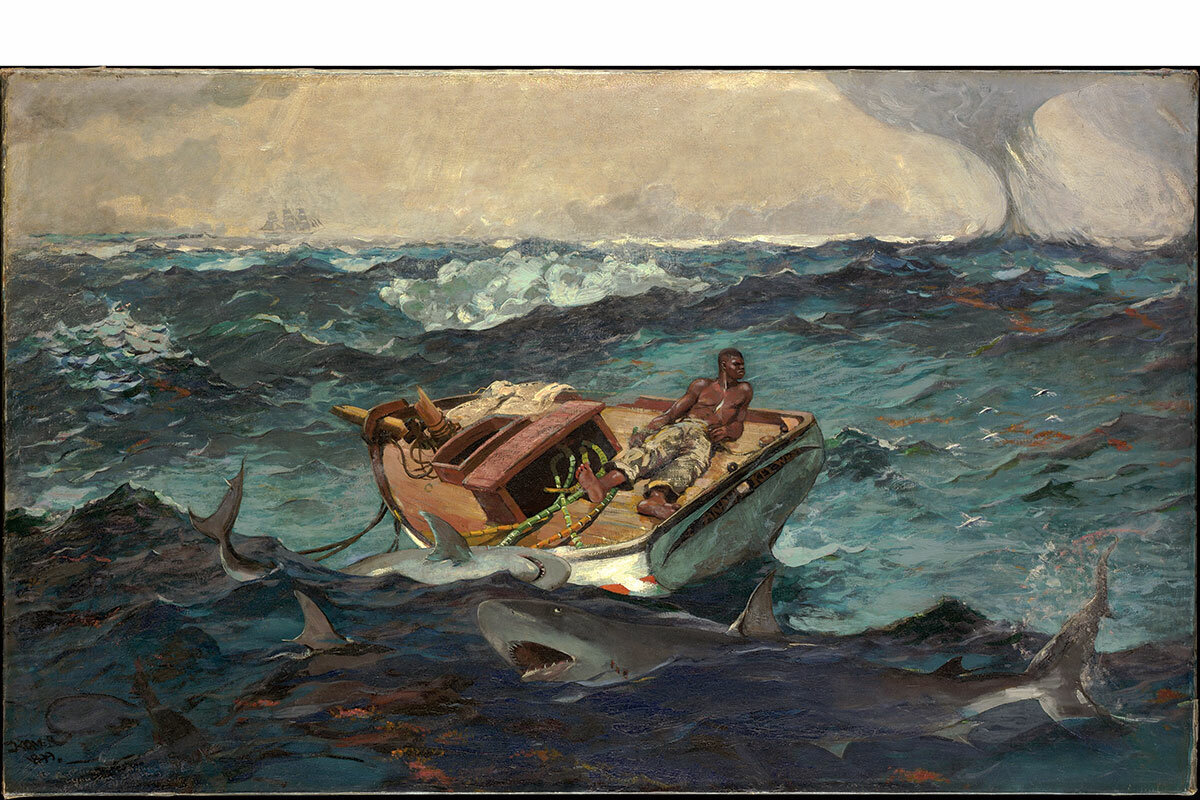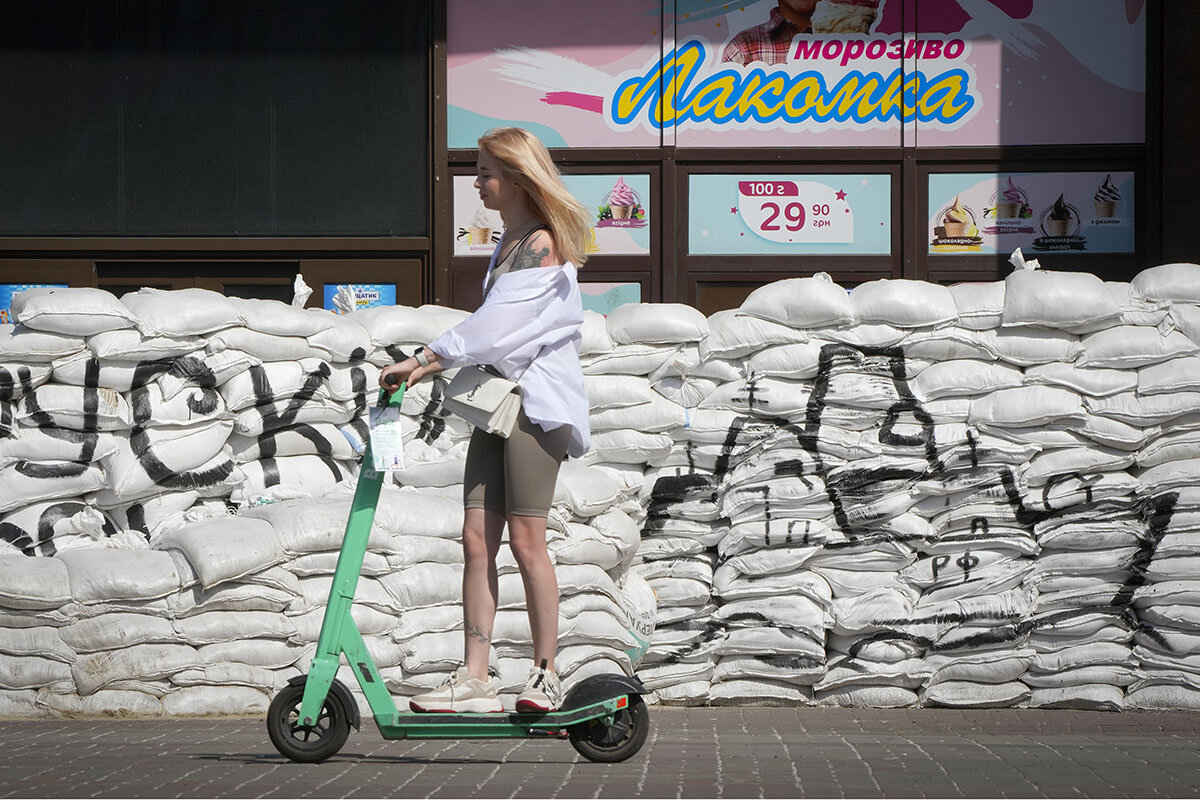As the Jan. 6 committee begins revealing to the public what it has learned, Liz Cheney will be front and center this week, both documenting – and etching her place in – history.
Monitor Daily Podcast
- Follow us:
- Apple Podcasts
- Spotify
- RSS Feed
- Download
 Clara Germani
Clara Germani
Perhaps no photo has captured the terrors of modern war, and of the Vietnam War in particular, more than the image of a group of South Vietnamese children running in horror from a napalm bombing. Associated Press photographer Nick Ut’s image, “The Terror of War,” was taken 50 years ago tomorrow.
It is “a picture that doesn’t rest,” as Mr. Ut’s mentor, AP photographer Horst Fass, described it.
Kim Phuc Phan Thi, a fleeing 9-year-old girl, unclothed and burned by the incendiary chemical, is the focal point of the photo as well as its long, controversial afterlife.
Perhaps understandably, the esteemed documentarian Errol Morris, in an essay this week for Air Mail, throws up his hands at a half-century of contemplation: “We endlessly try to find meaning where there is none. ... The bad things that happen in life remain the bad things that happen in life. They’re redeemed by nothing.”
And yet – yet – hear Ms. Kim Phuc. In a New York Times op-ed this week, she stakes claim to a reality beyond the photo frame.
“The surviving people in these photographs, especially the children, must somehow go on,” she says. She found spiritual uplift in the depths of suicidal despair, made a prayer list out of her enemies list, and went on to marry, have two children, and speak and write about redemption through her Kim Foundation International. “We are not symbols. We are human. We must find work, people to love, communities to embrace, places to learn and to be nurtured.”
The image is a record of unspeakable evil, she says. “Still, I believe that peace, love, hope and forgiveness will always be more powerful than any kind of weapon.”










